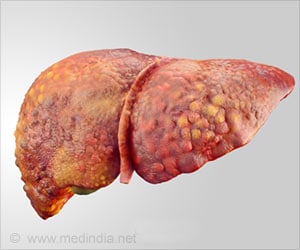People die anyway of various causes, but most individuals likely are more interested in, 'How much longer will I live?'

‘People die anyway of various causes, but most individuals likely are more interested in, 'How much longer will I live?' Unfortunately, screening tests are not always accurate, but we like to believe they are.’





Yet the benefits of early diagnosis through screening often are touted over the risks. "It is difficult to estimate the effect of over-diagnosis, but the risk of over-diagnosis is a factor that should be considered," said Karen Kafadar, a UVA statistics professor and co-author of a study being presented Sunday at a session of the 2017 meeting of the American Association for the Advancement of Science. "How many diagnosed cases would never have materialized in a person's lifetime, and gone successfully untreated? Treatments sometimes can cause harm, and can shorten life or reduce quality of life."
Kafadar is not advocating against screening, but her findings show that frequent screening comes with its own risks. As a metric for evaluation, reduction in mortality is considered the standard. So if a disease results in 10 deaths per 100,000 people in a year, and screening reduces the deaths to six per 100,000 people, then there seems to be an impressive 40 percent reduction in mortality.
However, a more meaningful metric, Kafadar said, may be: "How much longer can a person whose case was screen-detected be expected to live, versus a case that was diagnosed only after clinical symptoms appeared?" This issue becomes harder to discern - how long a patient survives after a diagnosis versus how long the patient might have lived anyway. Some cancer cases might never become apparent during a person's lifetime without screening, but with screening might be treated unnecessarily, such as for a possibly non-aggressive cancer. And some aggressive forms of disease may shorten life even when caught early through screening.
Kafadar and her collaborator, National Cancer Institute statistician Philip Prorok, gathered long-term data from several study sources, including health insurance plans and the National Cancer Institute's recently completed long-term randomized control trial on prostate, lung, colorectal and ovarian cancer, to consider several factors affecting the value of screening - over-diagnosis, lead time on a diagnosis and other statistical distortions - to look at not just how many people die, but also life extension.
Advertisement
Because the paper considers together the factors that affect statistical understanding of the effectiveness of screening, rather than looking at each of these factors in isolation as previous studies have done, it offers a new statistical methodology for teasing out the relative effects of cancer screening's benefits and risks.
Advertisement








